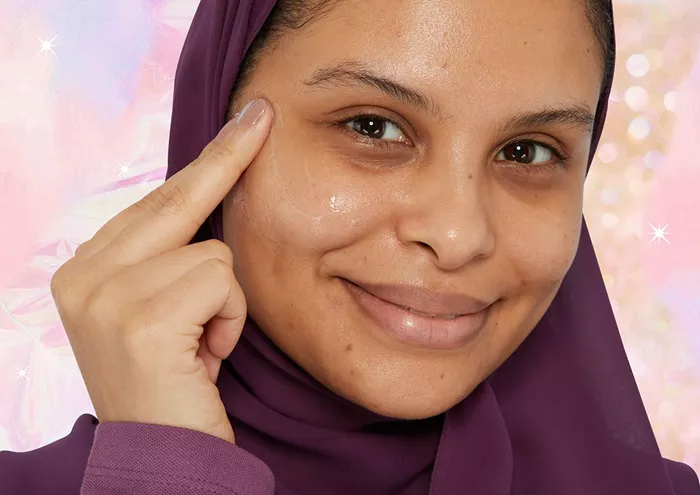The skincare technique known as “slugging” has gained significant popularity, particularly on social media platforms. This method involves applying a layer of petroleum jelly to the skin and leaving it on overnight to lock in moisture. The name “slugging” is derived from the shiny, slimy appearance it gives the skin, akin to the trail of a slug.
Recently, the practice garnered even more attention after a conversation between Seema Sajdeh from Fabulous Lives of Bollywood Wives and Orhan Awatramani (popularly known as Orry) surfaced online. Sajdeh mentioned that slugging leaves her skin soft and radiant, a testimony that has inspired many to try the method themselves.
However, while trends like these can be tempting, dermatologists stress the importance of weighing the pros and cons and seeking expert advice before adopting such practices. To provide clarity, OnlyMyHealth consulted Dr. Rohit Batra, Vice-Chairperson of Dermatology at Sir Ganga Ram Hospital, New Delhi. He shared insights on who should embrace slugging and who should avoid it.
What Is Skin Slugging?
Dr. Batra explains, “Skin slugging is an excellent technique for individuals with dry, very dry, or normal skin. It involves applying a thick moisturiser to the skin and sealing it with petroleum jelly, such as Vaseline. This helps lock in moisture, allowing the skin to absorb the moisturiser effectively. If the skin barrier is damaged, slugging can support its repair and restore hydration.”
He notes that this method is particularly beneficial during harsh winters when the skin tends to become dry and flaky. By replenishing the skin barrier, slugging can leave the skin feeling soft and smooth. Additionally, it creates an ideal base for applying active ingredients, which can otherwise irritate dry or flaky skin.
Who Should Avoid Slugging?
Despite its benefits, slugging is not suitable for everyone. According to Dr. Batra, individuals with acne-prone skin should steer clear of this practice. “Slugging can clog pores, leading to acne flare-ups,” he warns. The heavy layering of moisturisers and petroleum jelly can exacerbate breakouts, making it an unsuitable choice for those prone to acne.
Instead, such individuals are advised to explore alternative skincare routines designed to address acne concerns without causing further irritation.
Who Should Try Slugging?
For those with dry or irritated skin, slugging can work wonders, especially in the winter months when the air is cold and dry. Dr. Batra suggests that even during summer, people with dry skin can benefit from this technique. It not only hydrates the skin but also helps restore the natural barrier, leaving the skin looking bright, smooth, and healthy.
However, he advises individuals with a tendency to develop minor acne to use non-comedogenic moisturisers instead of regular ones. For those with extremely dry skin, products rich in ceramides and hyaluronic acid are recommended to boost hydration and improve skin volume.
How to Practice Slugging Properly
If you’re considering trying slugging, it’s essential to follow the correct steps to maximize its benefits:
Start with a Clean Canvas
Ensure your face is thoroughly cleansed before applying any products.
Hydrate Your Skin
Use a moisturiser or products containing humectants like glycerin, hyaluronic acid, or aloe to hydrate your skin.
Seal It with an Occlusive
Apply a thin layer of petroleum jelly or an occlusive product to lock in the moisture.
Time It Right
Complete the process about 30 minutes before bed to allow the products to absorb properly.
Protect Your Bedding
To avoid staining your pillowcase, cover it with a clean towel.
By following these steps, slugging can help your skin retain moisture, repair its barrier, and leave it feeling soft and rejuvenated.
Related topic:
Seema Sajdeh Reveals Her Skincare Secret on Fabulous Lives
How Long Does Skin Tightening Last?
Does Putting Ice on Your Face Tighten Your Skin?


